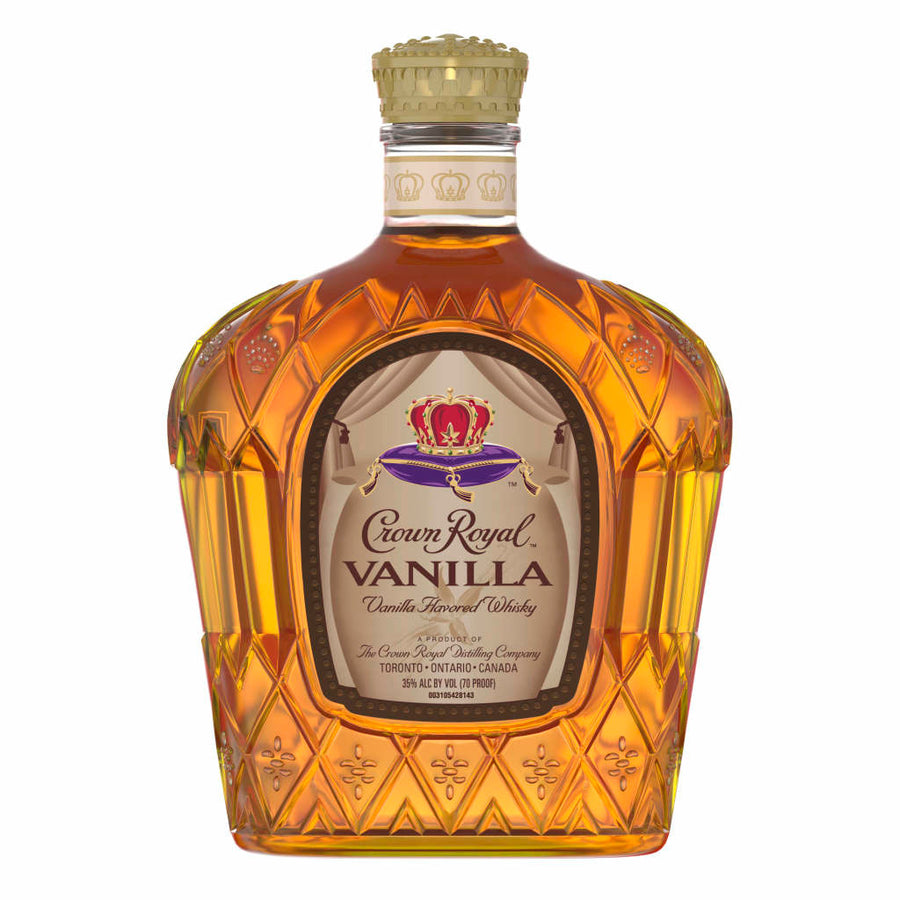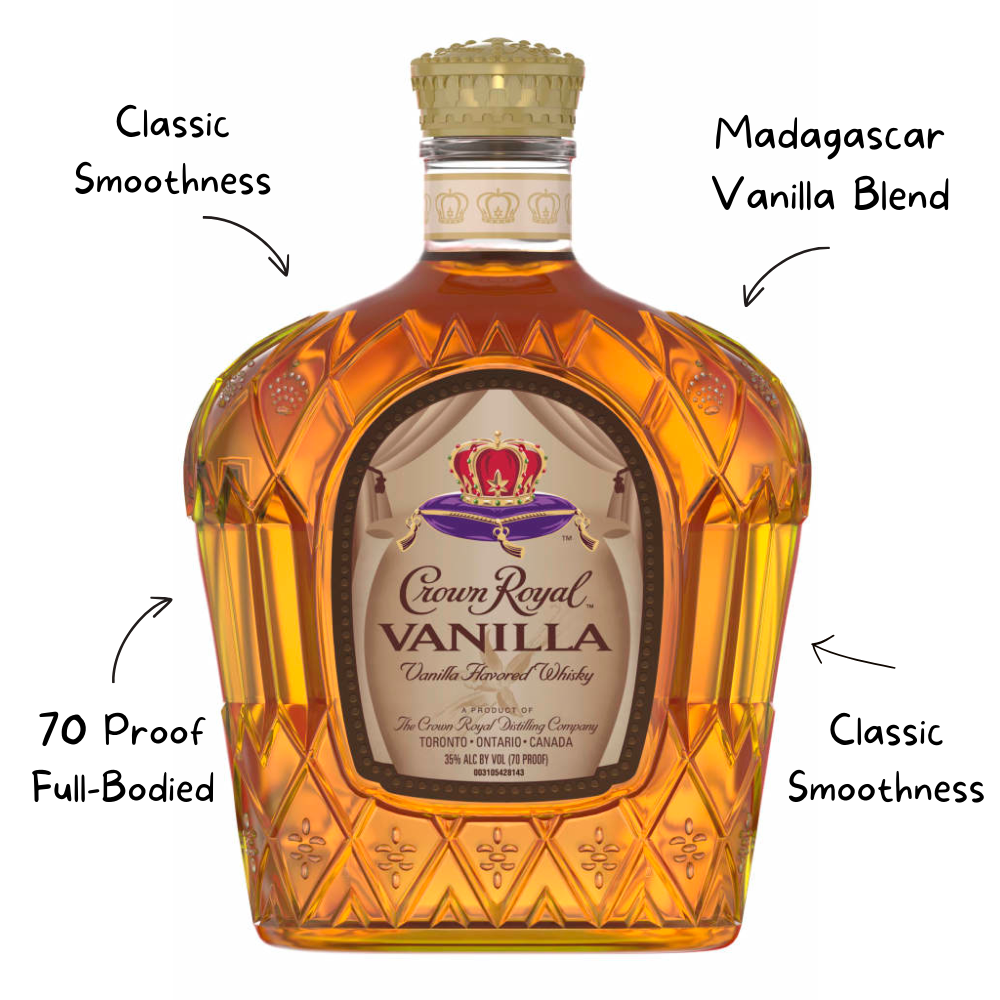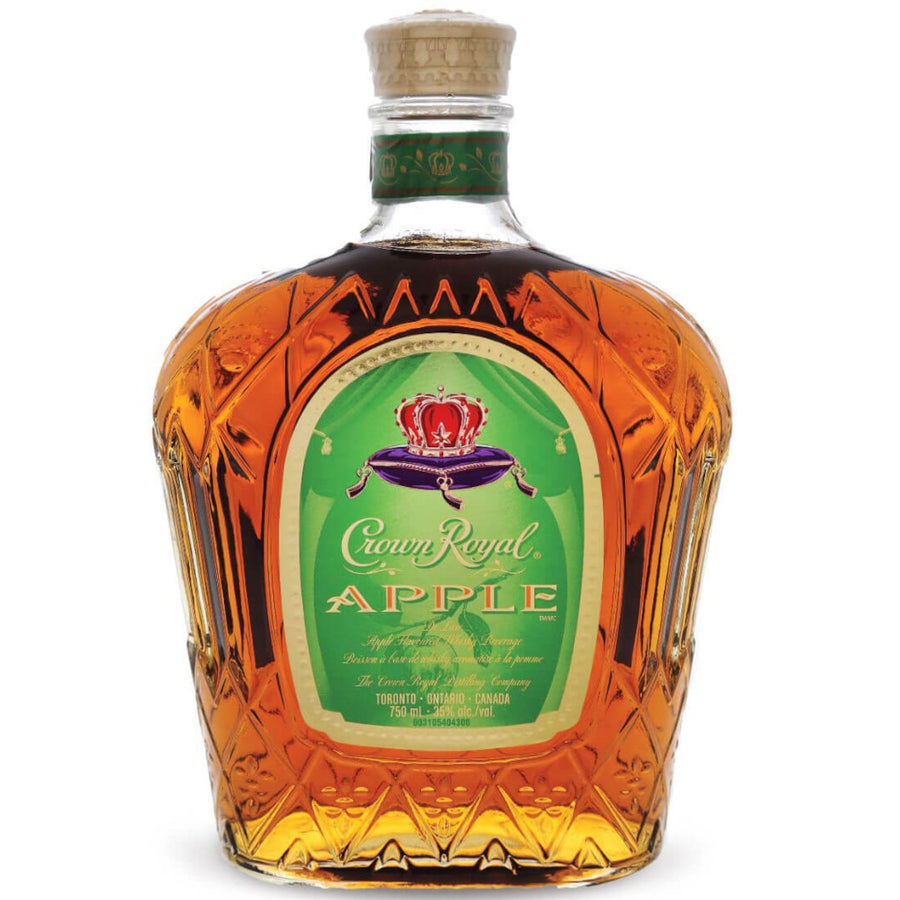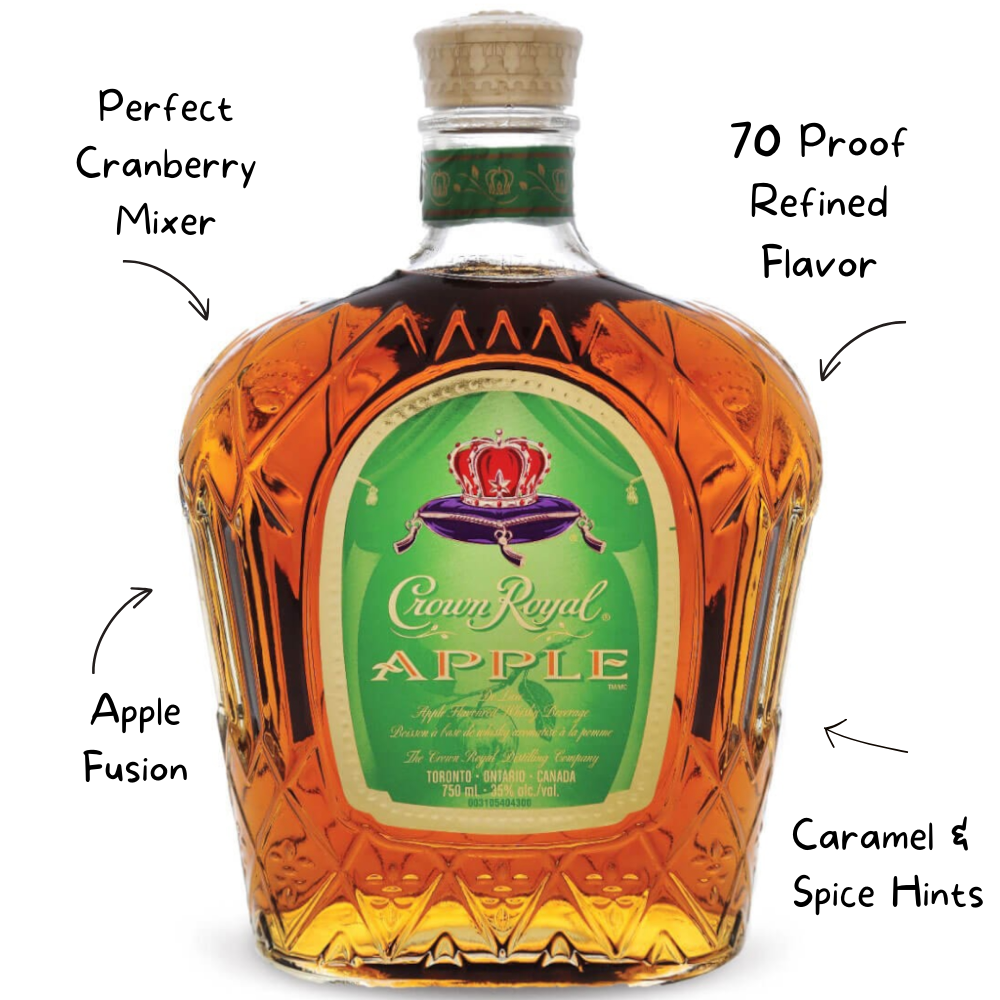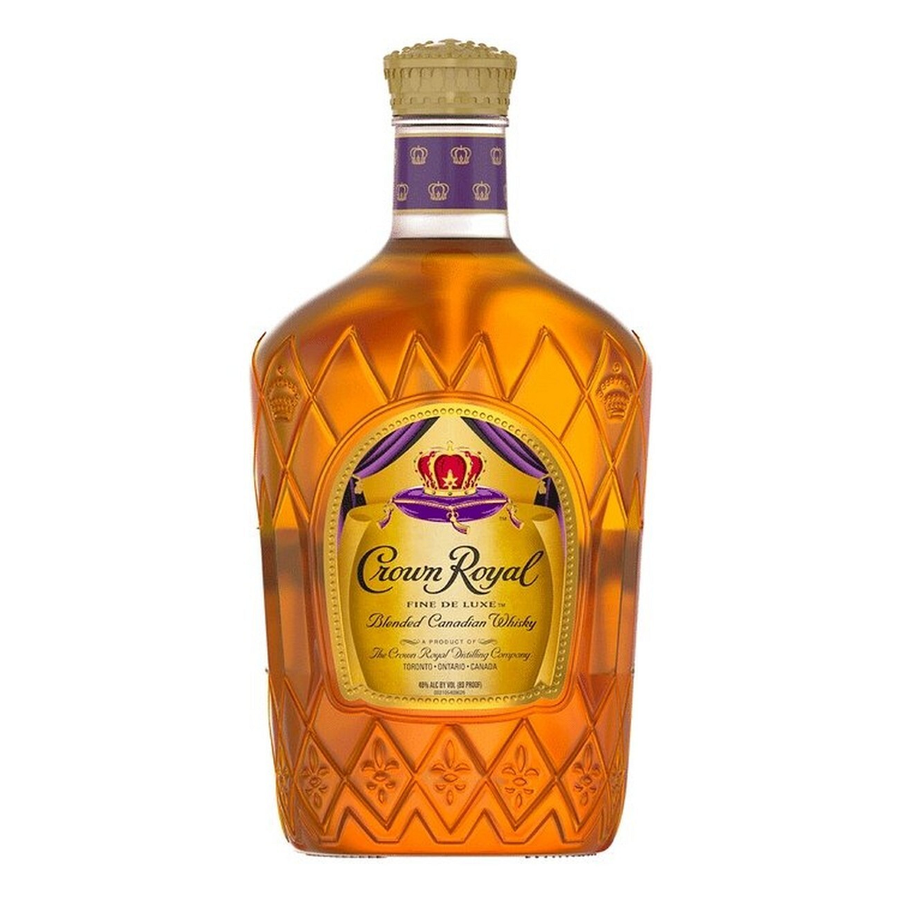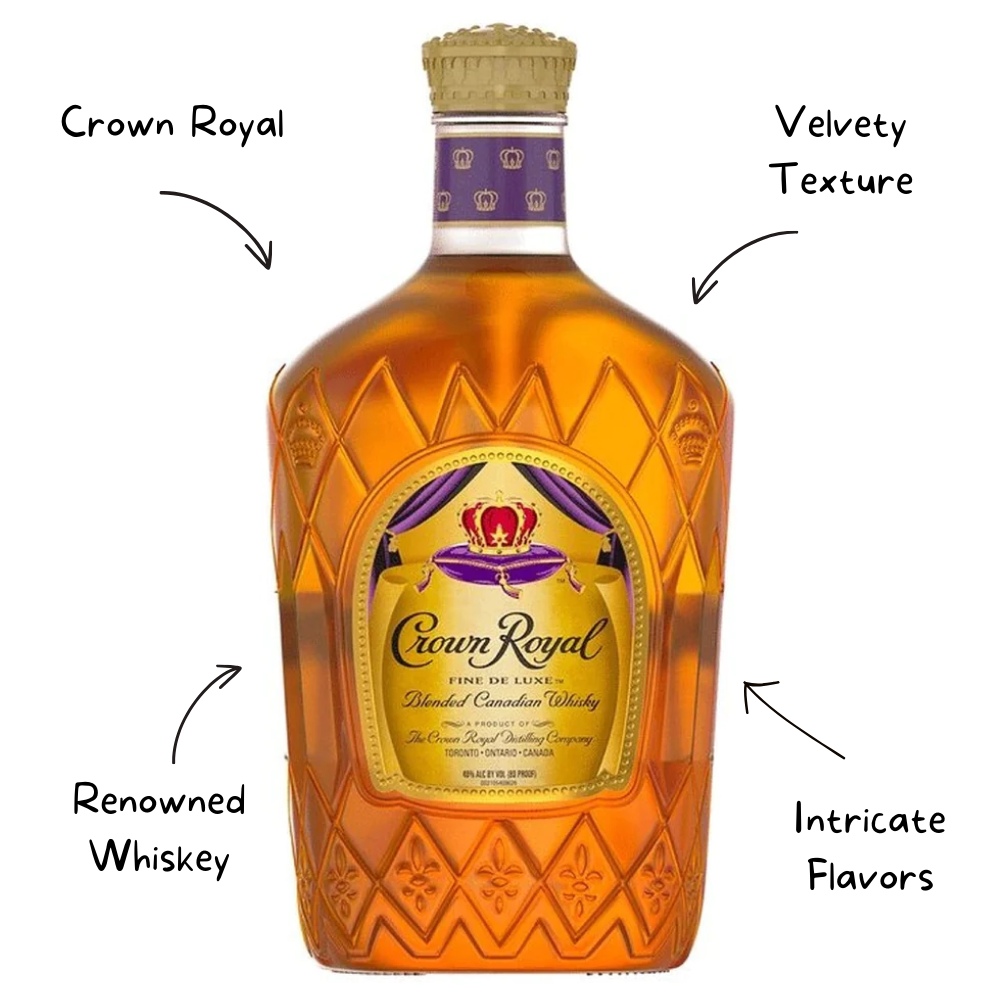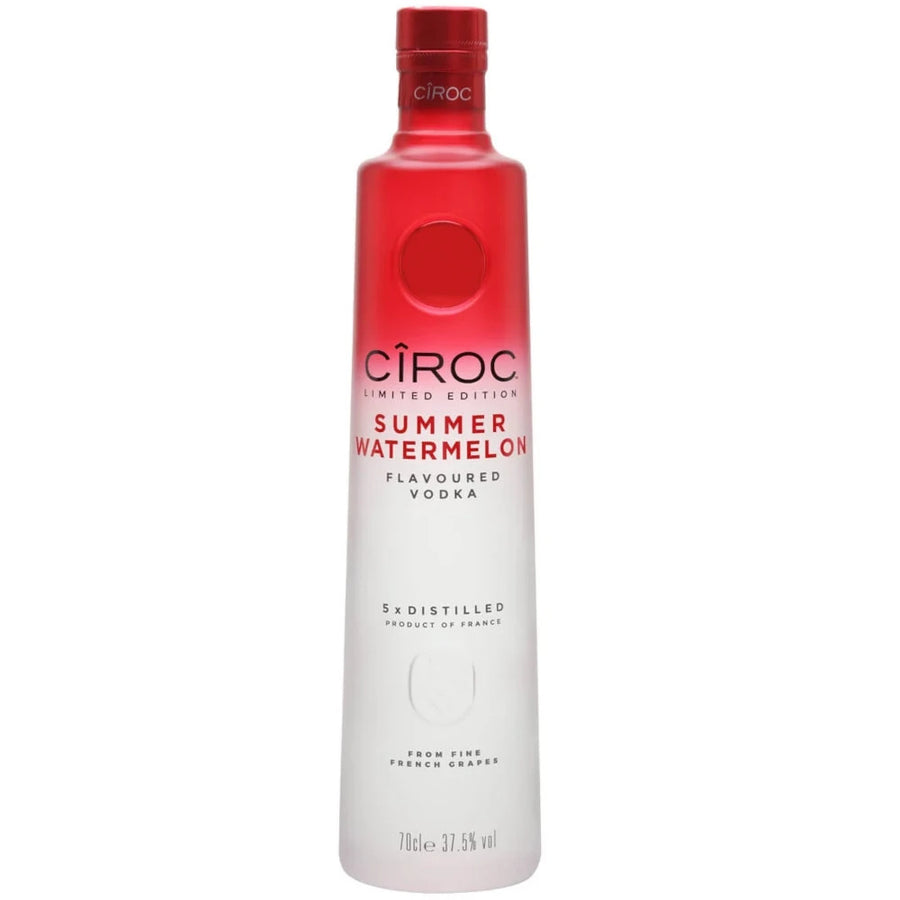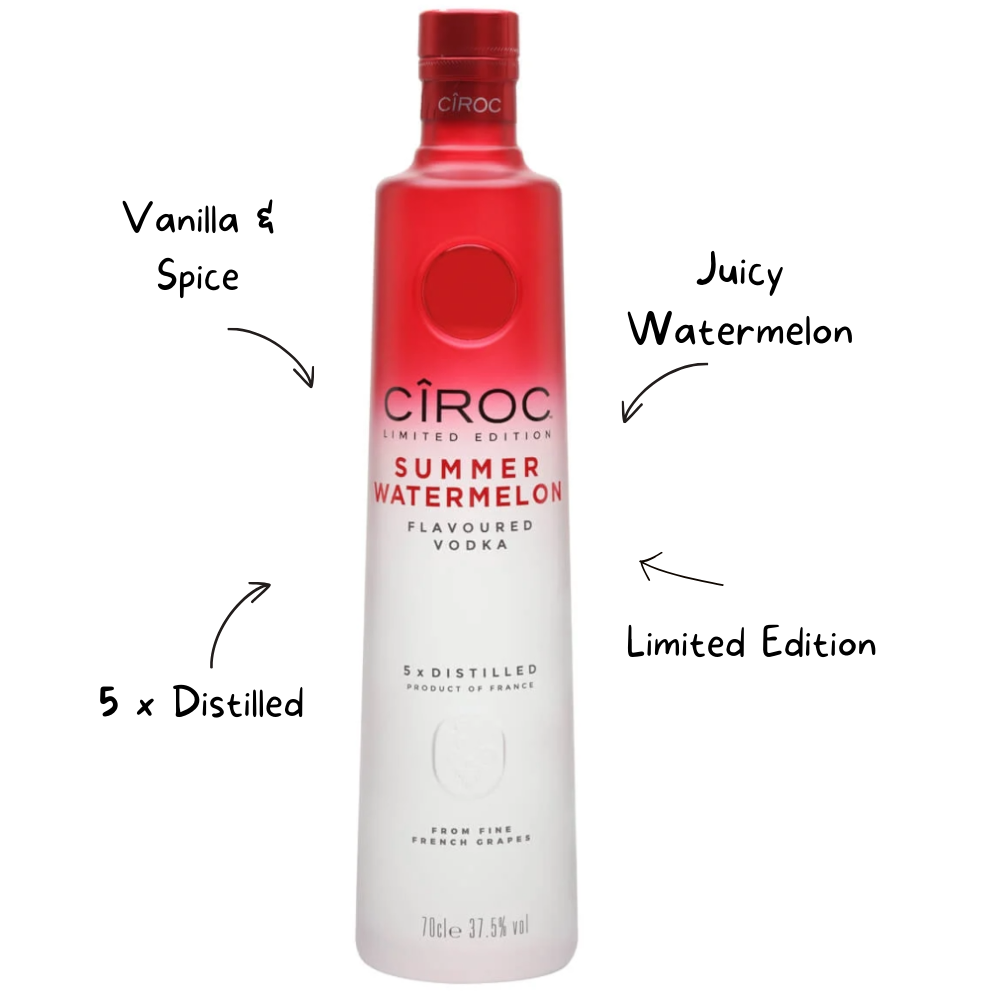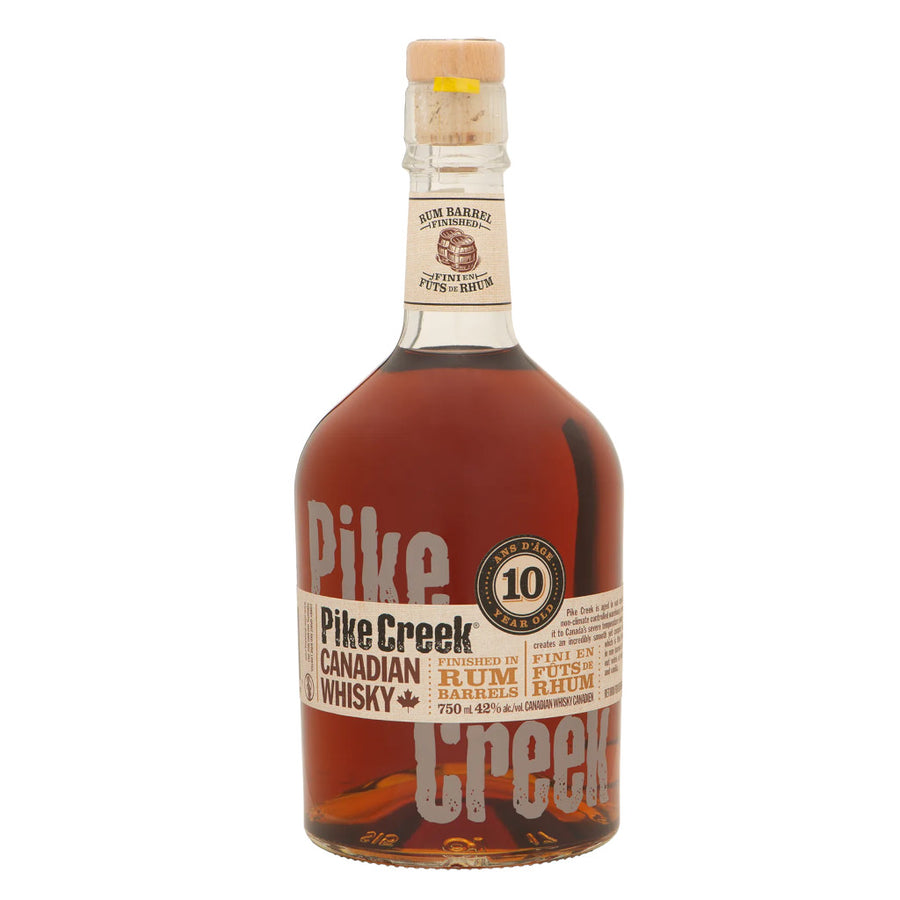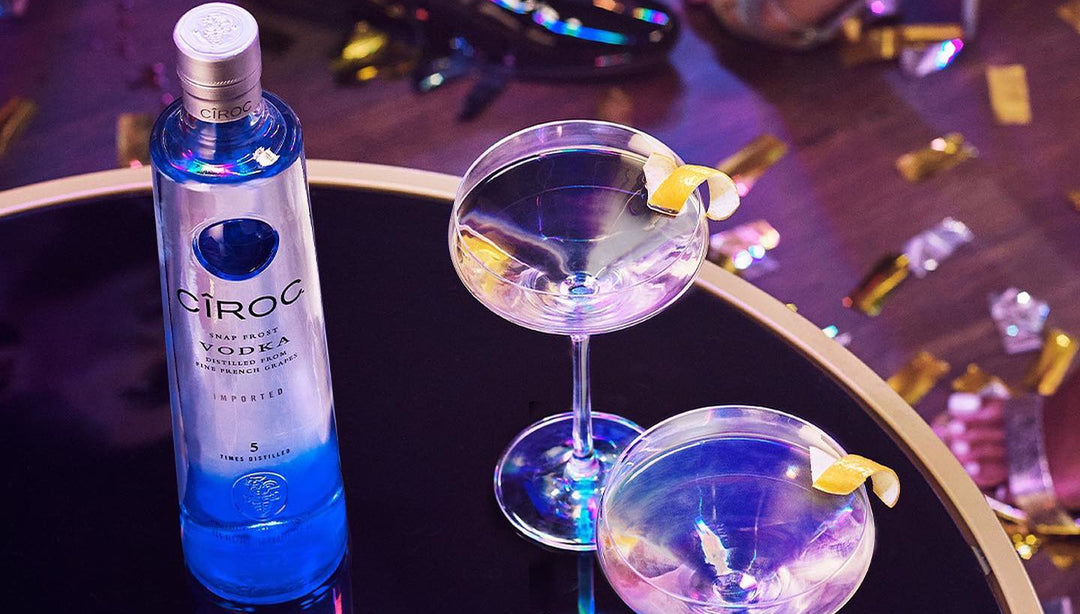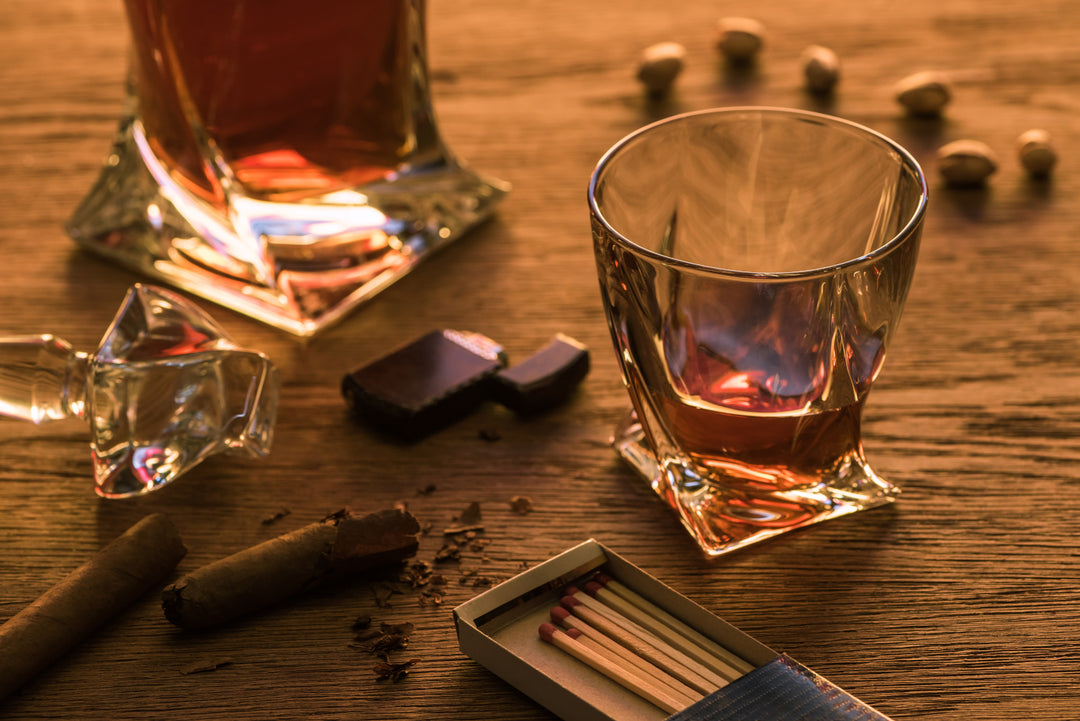
When whiskey connoisseurs select top-grade whiskey, they typically consider the following three crucial aspects:
Aroma (Nose)
The aroma of a whiskey is an essential factor in determining its quality. Connoisseurs appreciate a whiskey with a rich and complex bouquet that reveals various layers of scents. This can include notes of fruits, spices, wood, caramel, and other subtle nuances. A well-balanced aroma enhances the overall whiskey experience.
Flavor (Palate)
The taste of a whiskey is paramount for discerning drinkers. Top-grade whiskey will have a harmonious blend of flavors, showcasing a perfect balance between sweetness, spiciness, bitterness, and smokiness. The depth and complexity of flavors can be influenced by factors such as the ingredients, distillation process, and aging method.
Finish
The finish, or the lingering sensation after swallowing the whiskey, is another key aspect connoisseurs consider. A high-quality whiskey will have a long, satisfying finish that leaves a lasting impression. The finish may reveal new flavors or nuances not initially detected in the aroma or taste, adding to the whiskey's overall complexity and appeal.
The flavors and aromas experienced in whiskey are influenced by factors such as the type of grain used, the production process, the aging period, and the type of cask used for maturation.
Here's a list of some common whiskey notes and flavor profiles you may encounter
-
Fruity
- Orchard fruits: apple, pear, peach, apricot
- Citrus fruits: orange, lemon, grapefruit
- Tropical fruits: pineapple, mango, banana, coconut
- Dried fruits: raisins, dates, figs, prunes
-
Floral
- Fresh flowers: rose, honeysuckle, jasmine, violet
- Dried flowers: lavender, potpourri
-
Spicy
- Baking spices: cinnamon, nutmeg, allspice, cloves
- Peppery: black pepper, white pepper, green pepper
- Herbal: mint, eucalyptus, thyme, sage
-
Sweet
- Caramel: toffee, butterscotch
- Vanilla: custard, crème brûlée
- Honey: floral honey, heather honey
- Chocolate: milk chocolate, dark chocolate
-
Woody
- Oak: vanilla, toasted oak, charred oak
- Cedar: pencil shavings, cigar box
- Pine: resin, sap
-
Earthy
- Soil: wet earth, forest floor
- Peat: smoked peat, medicinal, iodine
- Minerality: flint, limestone, chalk
-
Nutty
- Almonds: marzipan, amaretto
- Hazelnuts: praline, Nutella
- Walnuts: roasted walnuts, walnut shells
-
Grainy
- Malted barley: cereal, porridge, bread
- Rye: spicy, grainy, crisp
- Corn: sweet, creamy, buttered popcorn
-
Dairy
- Cream: fresh cream, whipped cream
- Butter: melted butter, browned butter
- Cheese: blue cheese, aged cheddar
-
Maritime
- Salty: sea spray, salted caramel
- Briny: seaweed, kelp, oysters
-
Smoky
- Wood smoke: campfire, burning leaves
- Tobacco: pipe tobacco, cigar smoke
- Barbecue: smoked meats, charred vegetables
Part of the enjoyment of whiskey tasting is discovering the nuances in each expression and exploring the complexity of their profiles. The even more nuanced flavors and aromas that can be found in different expressions of whiskey. Here are some additional flavor profiles that you may encounter:
-
Confectionery
- Marshmallow: toasted marshmallow, vanilla marshmallow
- Candy: hard candy, licorice, fruit jellies, cotton candy
-
Tea
- Black tea: Assam, Darjeeling, Earl Grey
- Green tea: Sencha, Matcha, Jasmine
- Herbal tea: chamomile, lemongrass, mint
-
Coffee
- Espresso: dark roast, cappuccino, mocha
- Iced coffee: cold brew, frappuccino
- Coffee grounds: spent coffee, freshly ground coffee
-
Vegetal
- Fresh: cut grass, green leaves, asparagus
- Cooked: grilled vegetables, roasted vegetables, steamed vegetables
-
Meaty
- Bacon: smoked bacon, cured bacon
- Game: venison, pheasant, duck
- Leather: new leather, worn leather, saddle
-
Bakery
- Biscuits: shortbread, graham crackers, ginger snaps
- Bread: sourdough, rye bread, brioche
- Pastry: croissant, Danish, pie crust
-
Fermented and Pickled
- Soy sauce: dark soy, light soy
- Miso: white miso, red miso
- Pickles: dill pickles, bread and butter pickles, pickled onions
-
Dessert
- Cake: fruitcake, pound cake, sponge cake
- Pudding: bread pudding, rice pudding, custard
- Ice cream: vanilla ice cream, rum raisin, butter pecan
-
Nutmeg
- Toasted nuts: roasted peanuts, cashews, pistachios
- Nut oils: walnut oil, hazelnut oil
-
Some more obscure notes
- Incense: sandalwood, frankincense, myrrh
- Wax: beeswax, candle wax
- Metal: copper, iron, tin
It's essential to note that individual palates may perceive flavors and aromas differently, and this list is by no means exhaustive. The exciting part of whiskey tasting is exploring the vast spectrum of flavors and discovering the unique characteristics that each expression brings to the table.
When whiskey connoisseurs evaluate top-grade whiskey based on the production process, they typically pay attention to the following three critical aspects:
Ingredients
The quality of ingredients plays a significant role in determining the final product's taste and character. Connoisseurs appreciate whiskeys made from high-quality grains, such as barley, corn, rye, or wheat, and pristine water sources. The grain selection and proportions used in the mash bill can significantly influence the whiskey's flavor profile.
Distillation Method
The distillation process has a considerable impact on the final spirit's character and quality. Connoisseurs are often interested in the type of still used (pot still or column still) and the number of distillations. The distillation method affects the concentration of flavors and the spirit's smoothness, with each technique imparting its unique characteristics to the whiskey.
Maturation
The aging process is essential for developing a whiskey's flavor and complexity. Connoisseurs consider the type and quality of the barrels used for maturation (such as American oak, European oak, or ex-bourbon barrels), as well as the duration of the aging process. The interaction between the whiskey and the wood during maturation imparts distinct flavors, colors, and textures to the final product, contributing to its overall quality and appeal.


